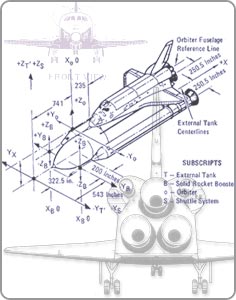Quick installation tips for lparse and smodels:
lparse: download lparse and unpack it in a directory of your choice. Then, move to that directory and type:
% ./configure
% make
% make install
Make sure you execute the last step as root.
smodels: download smodels and unpack it in a directory of your choice. Then, move to that directory and type:
% make
% cp smodels /usr/local/bin
% chmod a+rx /usr/local/bin/smodels
Make sure you execute the last TWO steps as root.
When you are done, make sure that /usr/local/bin is in your PATH environment variable.











